Trending Now
Wednesday, Apr, 2024
Home / Indian Education Sector: Hurdles & Developments
Indian Education Sector: Hurdles & Developments
Education has played a vital role in all our lives, it helps us use our knowledge to cultivate..
 by Himani Verma /
by Himani Verma /  17 Nov 2020 13:38 PM IST /
17 Nov 2020 13:38 PM IST /  0 Comment(s) / 298
0 Comment(s) / 298
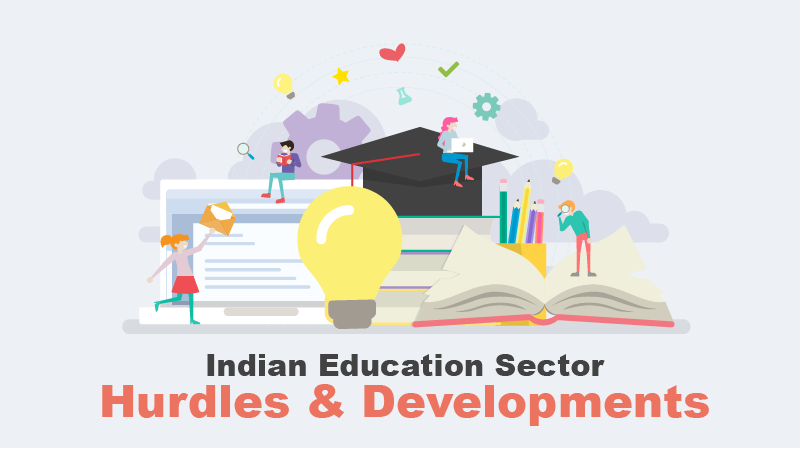
Education has played a vital role in all our lives, it helps us use our knowledge to cultivate good habits and recognize our skills. For most of us, our school was our second home, it taught us Shakespeare and Keats, simple machines and the government, it gave us an idea about our own body, to form our own opinions and to express them. And in India, Education is said to be the greatest contributor to its economy.
The Indian Education sector is provided by both the government and private institutions with three main curriculums: SSLC, CBSE, and ICSE. Both CBSE and ICSE are centrally coordinated.
SSLC: Secondary School Leaving Certificate is a state-recognized stream that most public schools adhere to. It includes a syllabus to ensure all-round development to the students.
CBSE: Central Board of Secondary Education is taken up by most of the private schools and it was originally meant for children of central government employees who are periodically transferred and may have to move to any place in the country. they mainly follow textbooks by the NCERT and include a wide variety of co-curricular and sports activities in their syllabus. CBSE has more than 141 schools in various other countries to cater to the Indian population there.
ICSE: Indian Certificate of Secondary Education was started as an alternative to the Cambridge School Certificate. Only private schools take up this syllabus and it is internationally recognized.
A Brief History:
Originally, Education in India was mainly under the supervision of 'Gurus' and was looked upos as a method to gain enlightenment. As the years advanced, most institutions became associated with a certain religion, but the basic values remained the same. They mainly taught about Indian Logic, Mathematics, and Indian Religions. The oldest institutions are estimated to be 2700 years old such as the acncient 'Takshashila' and Nalanda University which mostly practiced Hindu and Buddhist types of learning.
During the middle ages, Islamic education was started in the Islamic empires and soon after, the Europeans brought western education to India.
Modern Universities were established during British rule and it is primarily based on the British System of Learning. This formed the foundation of education in India.
The Dynamic Education System of India
The new National Education Policy (2020) is getting all the hype recently, with its modern methods and new standards, it will certainly help in the country's growth and improve the quality of student life greatly. Along with many incoming job opportunities, the growth of India's GDP, and thus the economy is highly viable. Some of the key differences of this new policy from the previous NEP are:
Proposed opening higher education to foreign universities and the introduction of a four year multidisciplinary UG program with multiple exit options.
Stats And Figures:
Reduction in the syllabus, sticking to the core values emphasizing experiential learning and critical thinking.
Changed structure with a new "5+3+3+4" design with 4 age groups (3-8 years, 8-11 years, 11-14 years, and 14-18 years).
The Mid-day meal program, which is one of the most applauded schemes of the Indian Education System is being extended to preschool children to ensure attendance and motivate education in mostly rural areas.
Students till class 05 to be taught in their mother tongue or regional language to inculcate cultural values and add the importance of unity in diversity.
Emphasis on globally inclusive education including disabled, girls, and culturally active children.
Gives importance to foundational literacy, numeracy, communication skills and discourage rigid separation between academic, extracurrricular, and vocational stream in schools.
While the NEP is an amazing framework that caters to the ever-changing industry and recent technological growth, the education of India cannot go on without including the rural population.
It is estimated that one of every eight students in schools/ colleges tends to drop out without completing the required syllabus and almost 62% of these dropouts happen at school levels.
A survey by the NSO has shown that 12.6% of students drop out of studies in India with most of them dropping out in the secondary (19.8%) and upper primary (17.5%) level. At the higher secondary level, the dropout rate is 9.6%.
Girls are said to drop out because of marriage or household work while boys involve themselves in economic activities to support themselves and their families.
Education requires the dedication of time and resources. Many discontinue education due to financial constraints and the high cost of quality resources. About one-fourth of the boys and 17.7% of girls leave education due to these reasons.
Problems In The Education Sector
In addition, there are multiple drawbacks to the Indian Education System:
Rote learning and sticking to textbooks are emphasized when character building should be promoted.
Streams such as Engineering, law, and Medicine are given more importance compared with Fine Arts, Humanities, and other creative subjects.
Physical fitness and sports are not given the importance which affects the health and wellbeing of children.
Teaching important life skills is ignored which affects the students in the long run.
Sex education is still avoided in many modern Indian schools.
The vast syllabus and hectic examinations put undue pressure on students affecting their mental health.
Excessively populated classes that do not let students learn at their own pace.
Quality teaching is received only in private schools which incur a lot of expenses. This is mainly because private schools don't have a set limit to the fees they collect.
Conclusion:
Education is vital for a child's growth and at this age, success does not come without quality education. Free education is provided as a fundamental right to children aged 06 to 14 years as per the Constitution of India. But many children still do not have access to basic education. Estudentbook has recognized all the problems in the current education system and we are relentlessly working to improve and support the system so that we can provide a wholesome and broad field to access information for quality learning. We provide a vast database to access information very significant to people related to the education sector such as students, faculty members, institutes, teachers, career counselors, recruitment agents, immigration advisors, etc.

Blog / February 11, 2024
Mastering Spoken English: A Journey Through Real-Life Conversations

Blog / January 19, 2024
The Crucial Need for Cybersecurity Education in School Curriculums
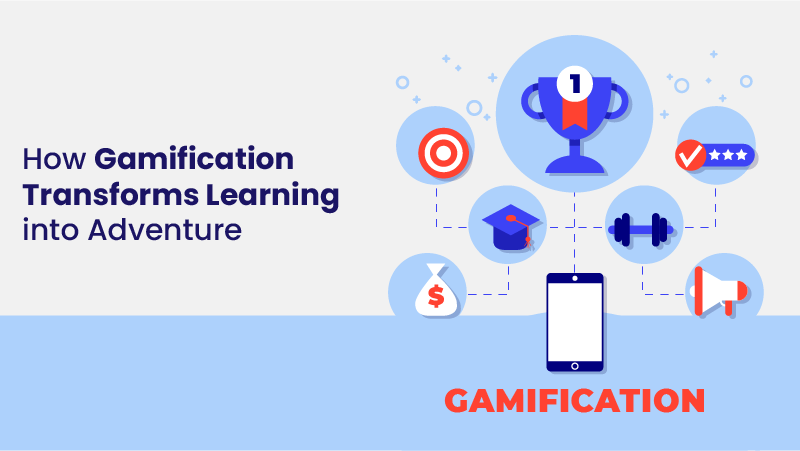
Blog / December 19, 2023
How Gamification Transforms Learning into Adventure

Blog / December 01, 2023
Empowering Education: How Artificial Intelligence Shapes the Future of Learning
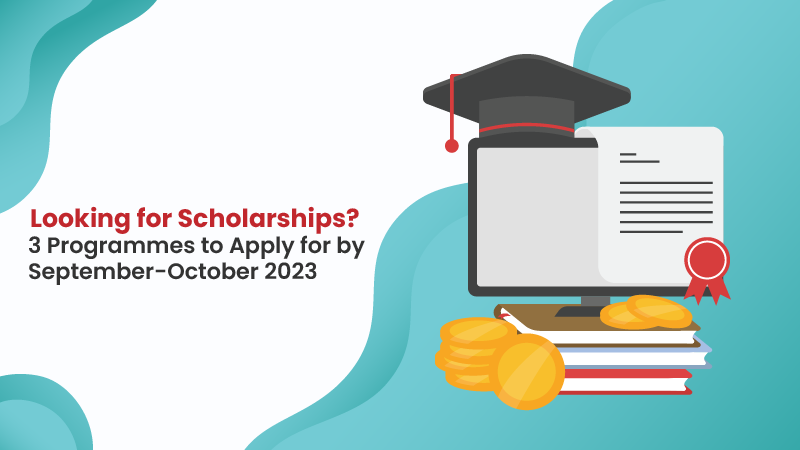
Blog / September 10, 2023
Looking for Scholarships? 3 Programmes to Apply for by September-October 2023

Blog / May 11, 2023
Top 10 Career Choices for Generation Z

EShort / February 16, 2024
IMS Noida Admissions 2024: Apply for UG, PG programmes

EShort / February 16, 2024
GATE 2024: Response sheet out
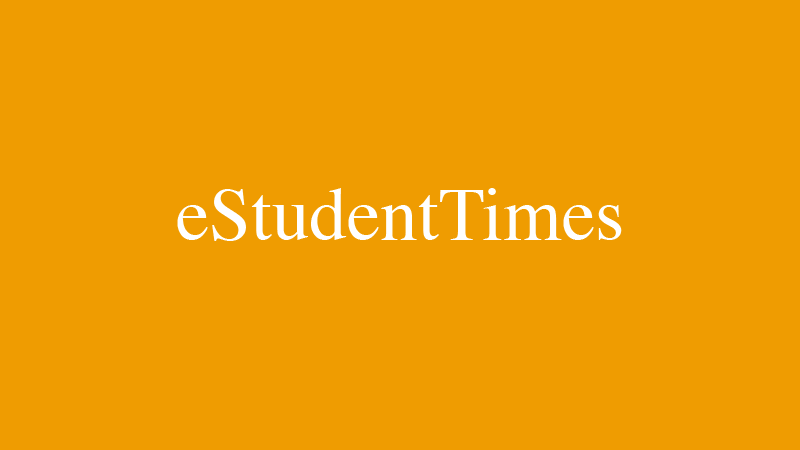
EShort / February 16, 2024
BSSTET 2023: Admit card released

EShort / February 16, 2024
NID DAT 2024: Prelims result released

EShort / February 16, 2024
IIT JAM 2024: Response sheet released

Jobs / February 16, 2024
UPSC Recruitment Drive 2024: Apply for 120 vacancies in various departments

EShort / February 14, 2024
UPSC CSE 2024: Official Notification issued; application process begins

Editor's Desk / April 17, 2020
How Does Society Impact Our Education?
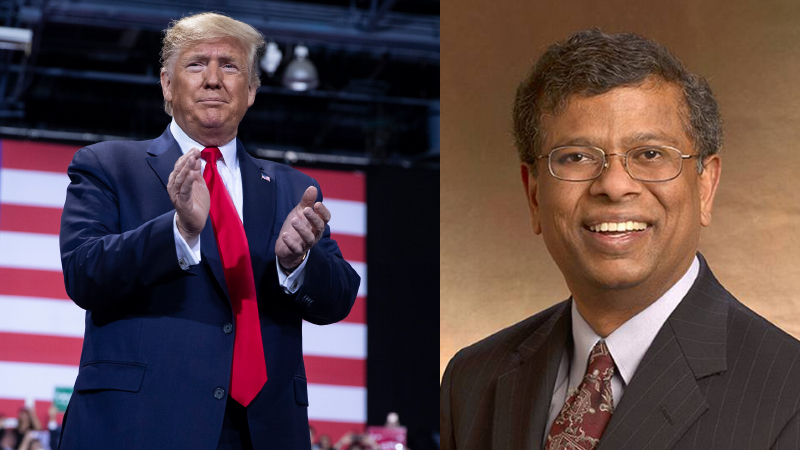
Current Affairs / April 22, 2020
Mr. Sudarsanam Babu appointed to U.S. Science Board.
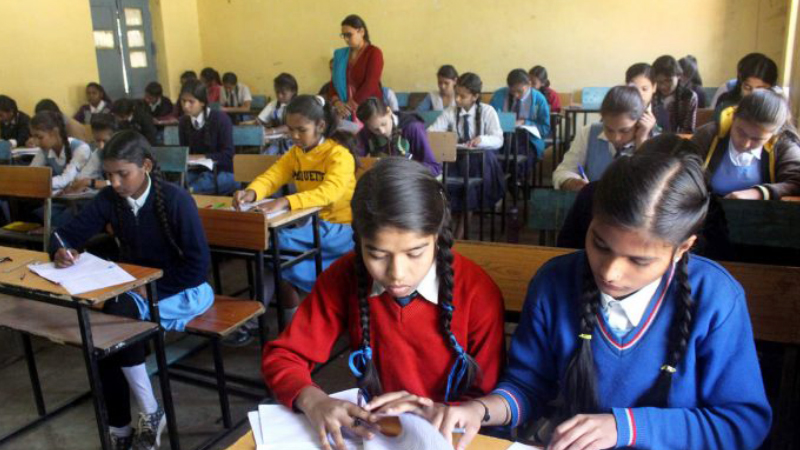
Reforms / April 17, 2020
Traditional Structure of Education In India
.jpg)
Events & Seminars / April 17, 2020
PISA!!
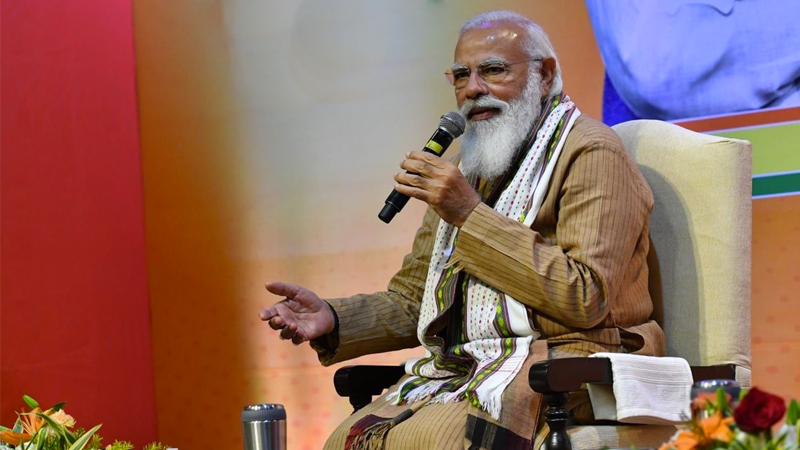
Blog / February 26, 2021
Government's Action On #ModiRojgaarDo

Notice Board on Important Dates / April 21, 2020
World Heritage Day

EShort / May 19, 2022
CUET PG 2025 has started the registration process.

EShort / June 11, 2022
KCET 2022 registration reopen today

EShort / December 14, 2021
UPSC Declared Final Result For DCIO Recruitment
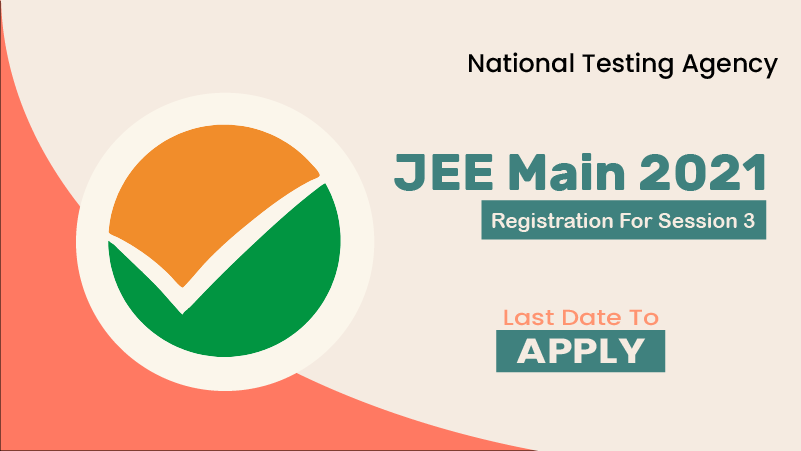

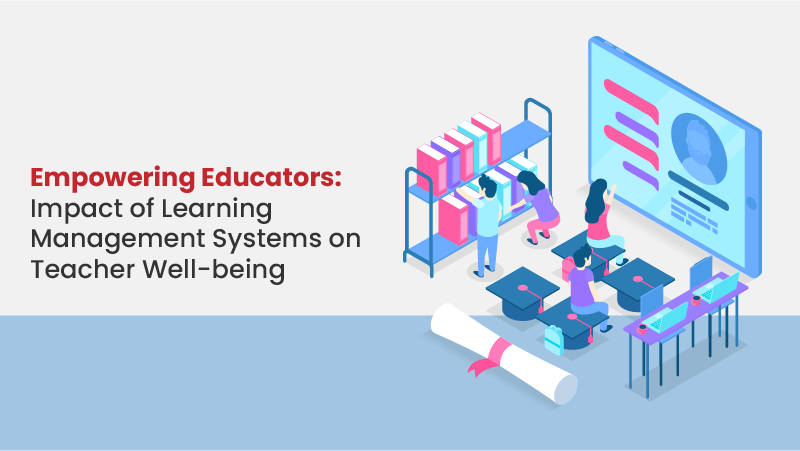


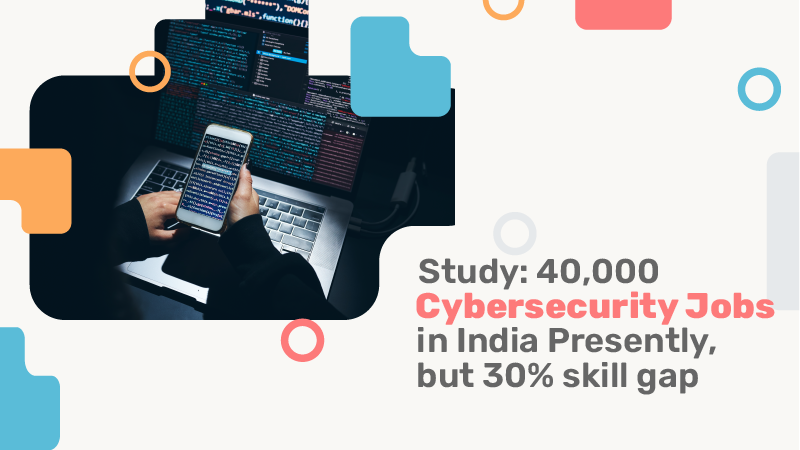






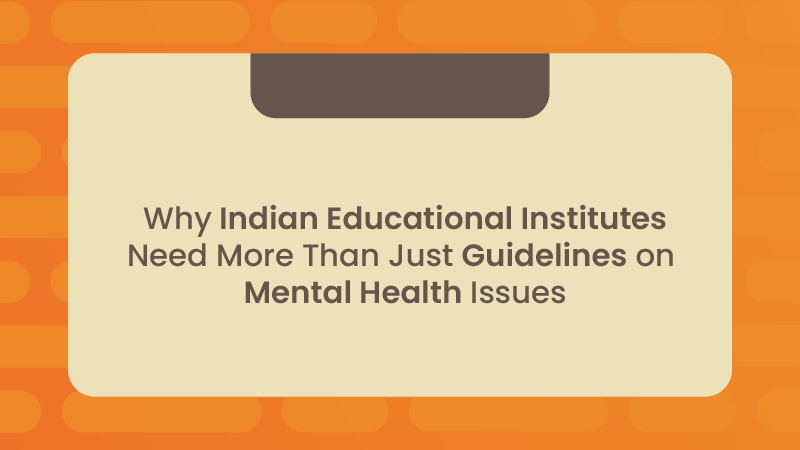

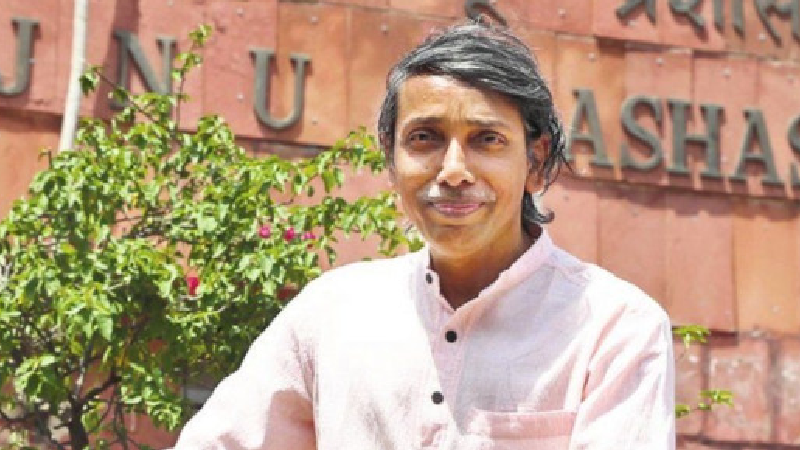
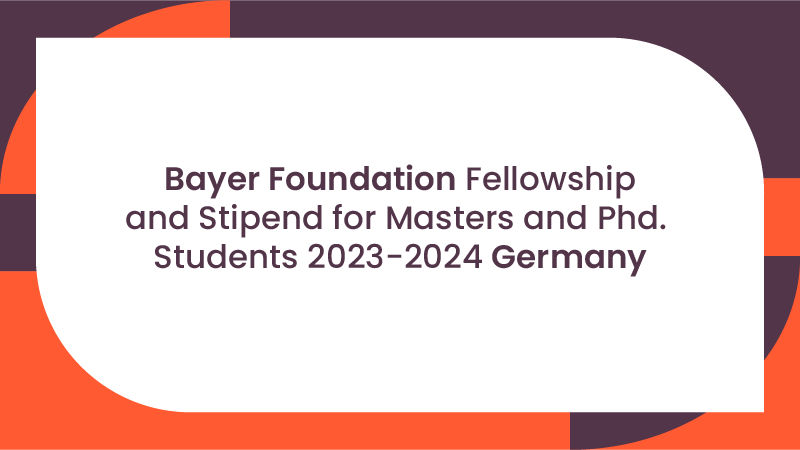


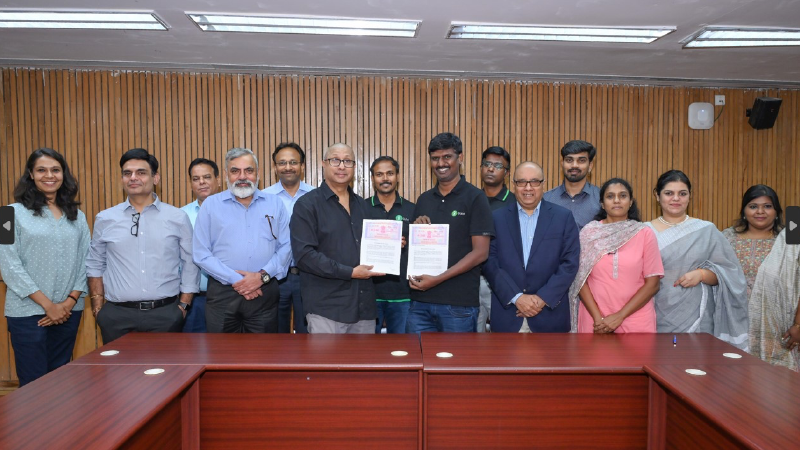
0 Comments
Post Comments